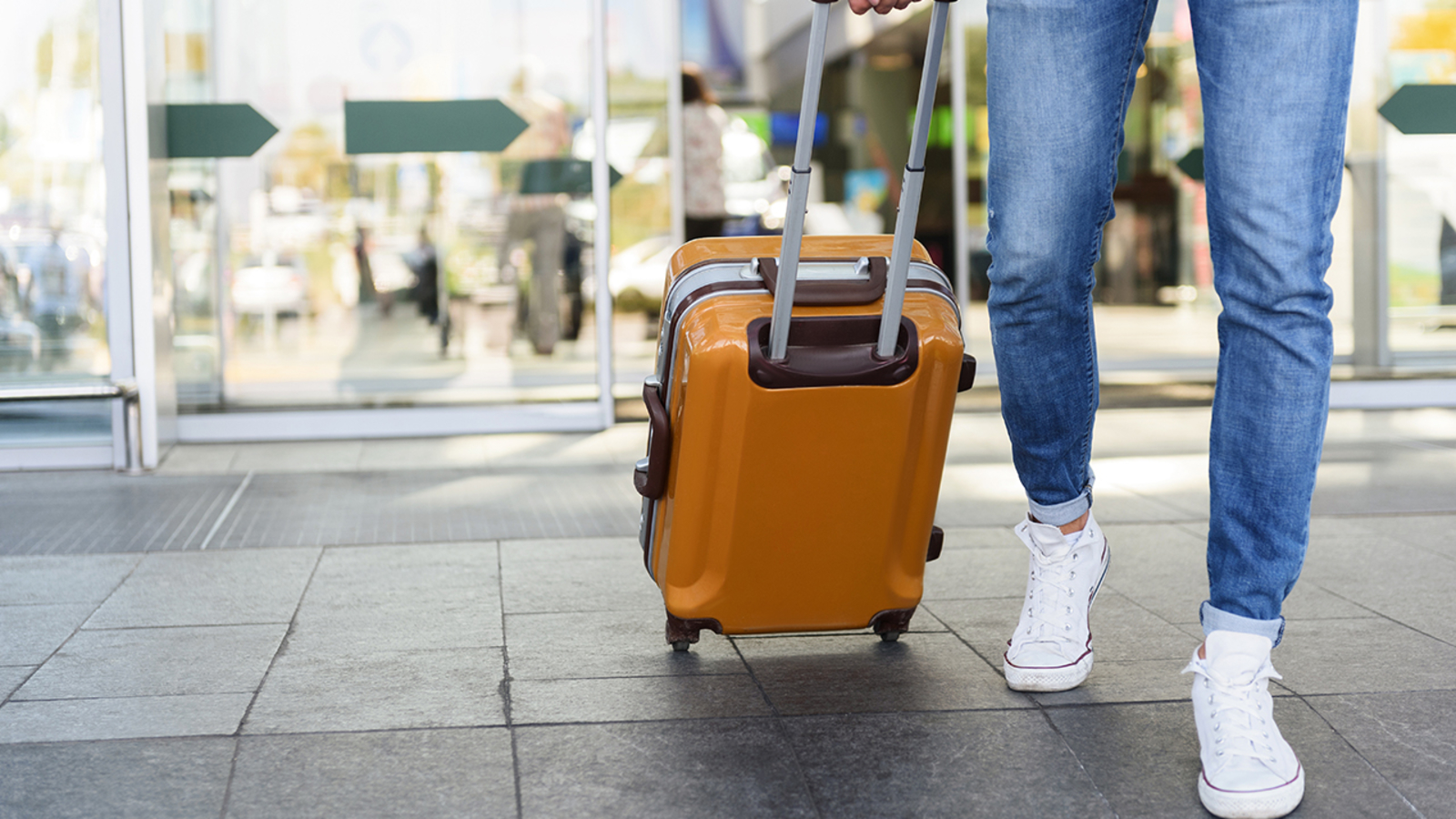Traveling light is an art that combines strategic planning, smart packing, and efficient use of resources. Whether you’re a seasoned traveler or embarking on your first journey, mastering the skill of traveling light can significantly enhance your travel experience. This comprehensive guide will delve into the principles and practices of how to travel light, ensuring you enjoy a more comfortable, flexible, and stress-free trip.
Philosophy of Traveling Light
Traveling light is rooted in the philosophy of minimalism and efficiency. It involves carrying only what is essential, thereby reducing the physical and mental burden of excess luggage. This approach not only simplifies your travel but also allows for greater mobility and spontaneity.

Environmental Impact
Traveling light can also contribute to reducing your environmental footprint. By packing less, you reduce the weight that transportation methods need to carry, which can lead to lower fuel consumption and emissions.
Planning Your Trip
Understanding the climate, culture, and available amenities at your destination is crucial. Researching these aspects will help you determine what items are necessary and what can be left behind.
Create a Packing List
A well-thought-out packing list is the cornerstone of traveling light. Categorize your items into essentials, nice-to-haves, and unnecessary. Prioritize the essentials and be ruthless in cutting out the non-essentials.
Choosing the Right Luggage
Opt for lightweight, durable luggage. A carry-on suitcase or a travel backpack is ideal for most trips. Ensure the luggage meets airline size restrictions to avoid extra fees and hassles. Choose luggage with multiple compartments to keep your items organized and easily accessible. This feature is particularly useful for quickly retrieving items during security checks or while on the move.
Traveling light streamlines your entire travel process. From packing and navigating airports to managing your belongings upon arrival, fewer items equate to greater efficiency. Less luggage means quicker transitions, fewer chances of losing items, and more freedom to explore without being weighed down by heavy bags.

Cost Savings
Many airlines now charge for checked bags, making it financially advantageous to travel with carry-on luggage only. Moreover, avoiding checked bags reduces the risk of lost or delayed luggage, which can incur additional costs and inconvenience.
Environmental Impact
By traveling light, you contribute to reducing your carbon footprint. Lighter luggage means less fuel consumption for transport, aligning your travel habits with sustainable practices. Before you start packing, research your destination thoroughly. Consider the climate, cultural norms, and activities you’ll be engaging in. This information will help you determine what items are essential and what can be left behind.
Create a Packing List
A well-thought-out packing list is the cornerstone of traveling light. Start with the essentials and prioritize multi-functional items. For instance, choose clothing that can be layered and mixed and matched, and opt for travel-sized toiletries.
Packing Strategies
Selecting the appropriate luggage is crucial. A lightweight, durable carry-on suitcase or a versatile travel backpack can make all the difference. Look for features like multiple compartments, compression straps, and easy maneuverability. Pack clothing items that can serve multiple purposes. For example, a sarong can function as a beach cover-up, a scarf, or even a lightweight blanket. Choose neutral colors that can be easily coordinated.
Layering
Layering is key to adapting to different weather conditions without overpacking. Lightweight, moisture-wicking fabrics are ideal for layering and can be easily washed and dried on the go.
Minimize Toiletries
Opt for travel-sized toiletries and products with dual purposes, such as a shampoo and conditioner in one. Consider solid alternatives like bar soap and shampoo bars to avoid liquid restrictions and potential spills. Compression bags, packing cubes, and travel organizers can help you maximize space and keep your belongings orderly. These tools are especially useful for separating clean and dirty clothes or organizing small items like electronics and chargers.
Navigating airports can be a breeze when you travel light. With only carry-on luggage, you can skip long check-in lines and head straight to security. Ensure your liquids and electronics are easily accessible to expedite the screening process.
Transit Tips
Carry a lightweight, foldable tote or daypack for daily excursions. This allows you to leave your primary luggage at your accommodation while exploring. Remember to keep important documents, money, and small valuables secure and close at hand.
Accommodation Strategies
Unpack only what you need at your accommodation to maintain order and minimize repacking time. Utilize hotel amenities such as laundry services to refresh your clothing, reducing the need to pack excessive items.
Conclusion
Mastering the art of traveling light is a valuable skill that enhances your travel experience by promoting efficiency, cost savings, and sustainability. By carefully planning, choosing versatile items, and utilizing packing aids, you can enjoy the benefits of a streamlined and stress-free journey. Traveling light is a skill that can transform your travel experience, making it more enjoyable, efficient, and stress-free. By adopting the principles outlined in this article, you can learn how to travel light and reap the benefits of a streamlined approach to packing. Whether you’re embarking on a short business trip or a long-term adventure, traveling light will allow you to focus on the journey and the experiences that await you, rather than the burden of heavy luggage.










